
How Many Times Can Disposable Gloves Be Worn?
Factors Influencing the Reusability of Disposable Gloves When it comes to the reusability of disposable gloves, several factors come into play that can significantly impact
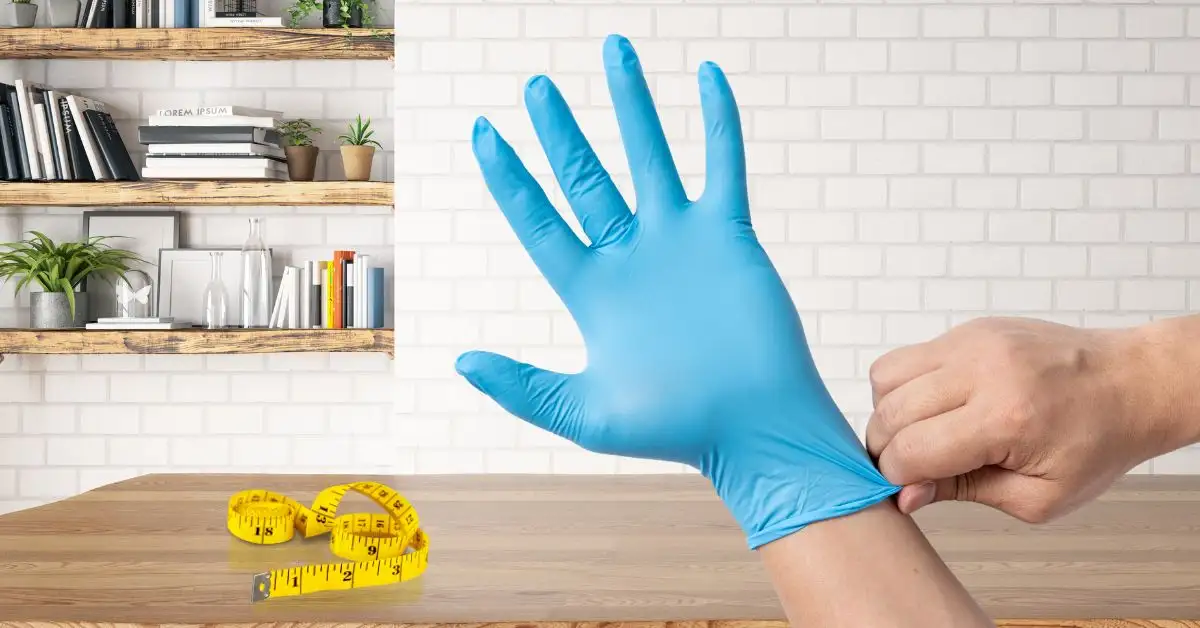
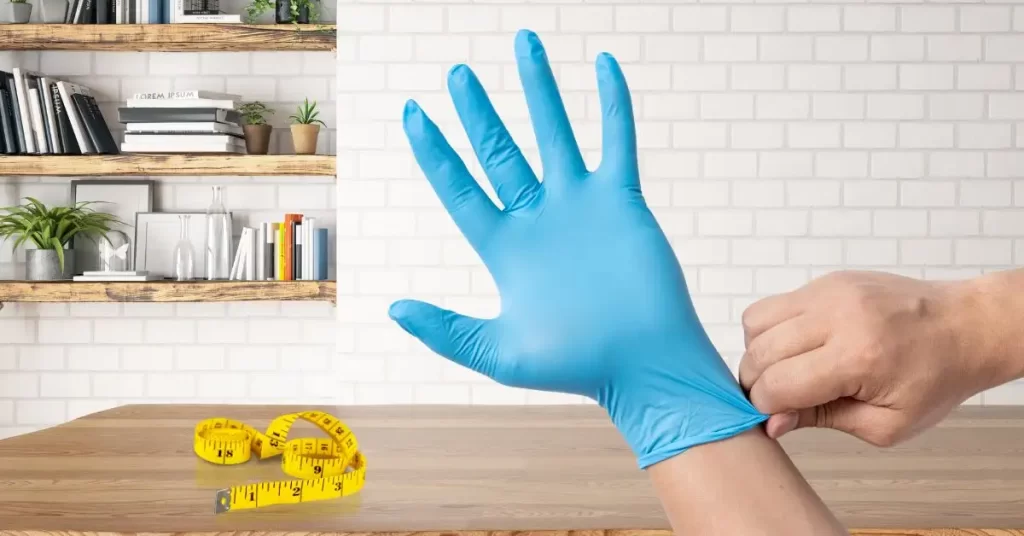
When it comes to choosing the right gloves for any task, knowing the correct size is crucial. If you’re wondering how to know glove size for your nitrile gloves, you’re not alone. Finding the right fit ensures maximum dexterity and minimizes discomfort, enabling you to perform tasks more efficiently. In this article, we will guide you through the steps of determining your glove size and why it’s important for tasks requiring precision and comfort.
Nitrile gloves have gained immense popularity in various fields, from healthcare to industrial work, due to their resistance to punctures and a wide array of chemicals. However, the benefits of these gloves can be compromised if they don’t fit well. Ill-fitting gloves can lead to reduced dexterity, discomfort, and even increased fatigue over time. Therefore, understanding how to know glove size and ensuring that your nitrile gloves fit perfectly is essential. A snug fit will provide enhanced grip and more accurate handling, which is particularly important for tasks that require precision.
Determining how to know glove size begins with a few simple yet important steps. First, you will need a measuring tape. Start by measuring the circumference of your dominant hand, just below the knuckles, excluding your thumb. This measurement will provide you with a precise indication of the size you require. Here’s a quick guide:
These measurements correspond to glove sizes that are often listed on packaging. Some brands may have their specific sizing charts, so always double-check before purchasing. Additionally, learn how to check hand gloves size by paying attention to how the gloves feel once worn—there should be no excess material at the fingertips, and the glove should feel secure without being tight.
While learning how to know glove size is crucial, other factors should be considered when choosing nitrile gloves. Material thickness is important; some tasks may require thicker gloves, while others benefit from thinner nitrile gloves for enhanced feel and flexibility. Consider the environment in which you’ll be working—if you’re dealing with harsh chemicals, opt for gloves with enhanced chemical resistance. Additionally, consider if you require textured fingertips for better grip, which is essential for handling small or slippery items.
Whether you’re in the healthcare field, working in an industrial setting, or simply engaging in DIY projects, knowing how to know glove size is key to achieving optimal performance with your nitrile gloves. Choosing the correct size not only enhances comfort and dexterity but also extends the durability of the gloves. By taking the time to measure your hand correctly and considering all sizing factors, you can avoid the common pitfalls of ill-fitting gloves, such as increased fatigue and compromised safety.
In conclusion, understanding how to know glove size for nitrile gloves is an important aspect of ensuring comfort and efficiency in any task. By following simple measurement steps and considering material and environment requirements, you can select gloves that enhance your performance and safety. Remember, when it comes to nitrile gloves, the right size makes all the difference. Make an informed choice to maximize your productivity and minimize discomfort.

Factors Influencing the Reusability of Disposable Gloves When it comes to the reusability of disposable gloves, several factors come into play that can significantly impact
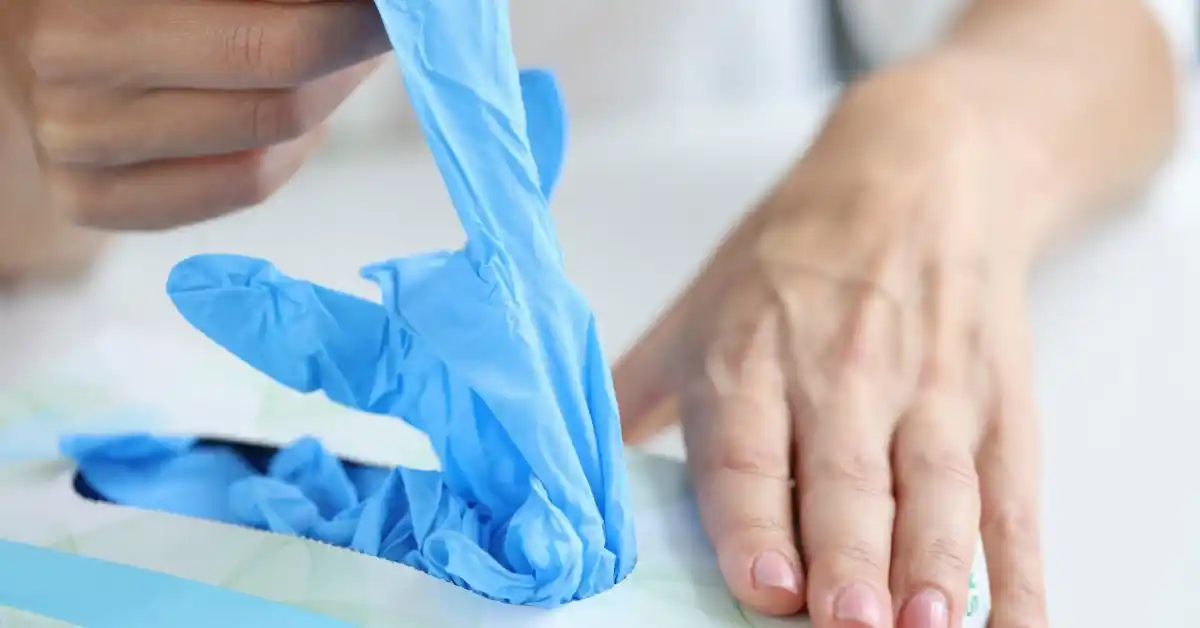
The Science Behind Glove Expiration: What Happens Over Time? Understanding the science behind glove expiration is crucial for anyone who relies on them, whether in
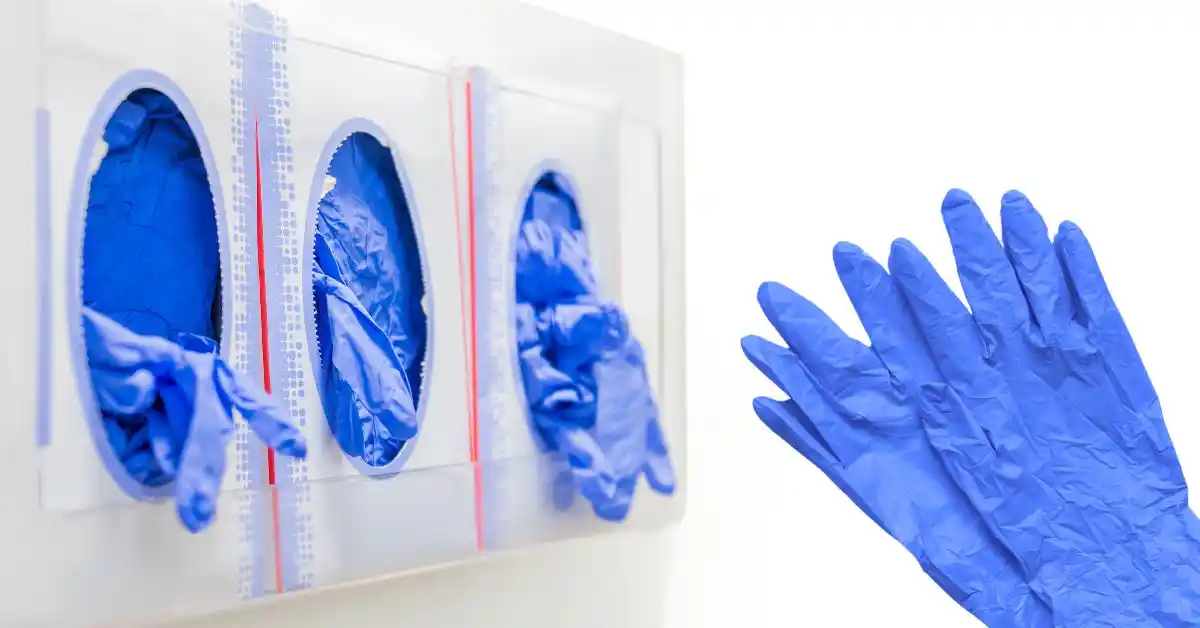
The Importance of Knowing Expiration Dates for Medical Gloves Understanding the expiration dates of medical gloves is crucial for ensuring safety and efficacy in healthcare

Healthcare Professionals: The Primary Users of Nitrile Gloves In the realm of personal protective equipment (PPE), nitrile gloves stand out as a crucial component, particularly

Understanding Puncture Resistance: What It Is and Why You Need It Understanding puncture resistance is crucial for anyone who prioritizes safety in their work environment.
Driven by a passion for excellence, our mission is to consistently deliver the highest quality products at the most affordable prices. We aim to exceed customer expectations, creating value and trust.
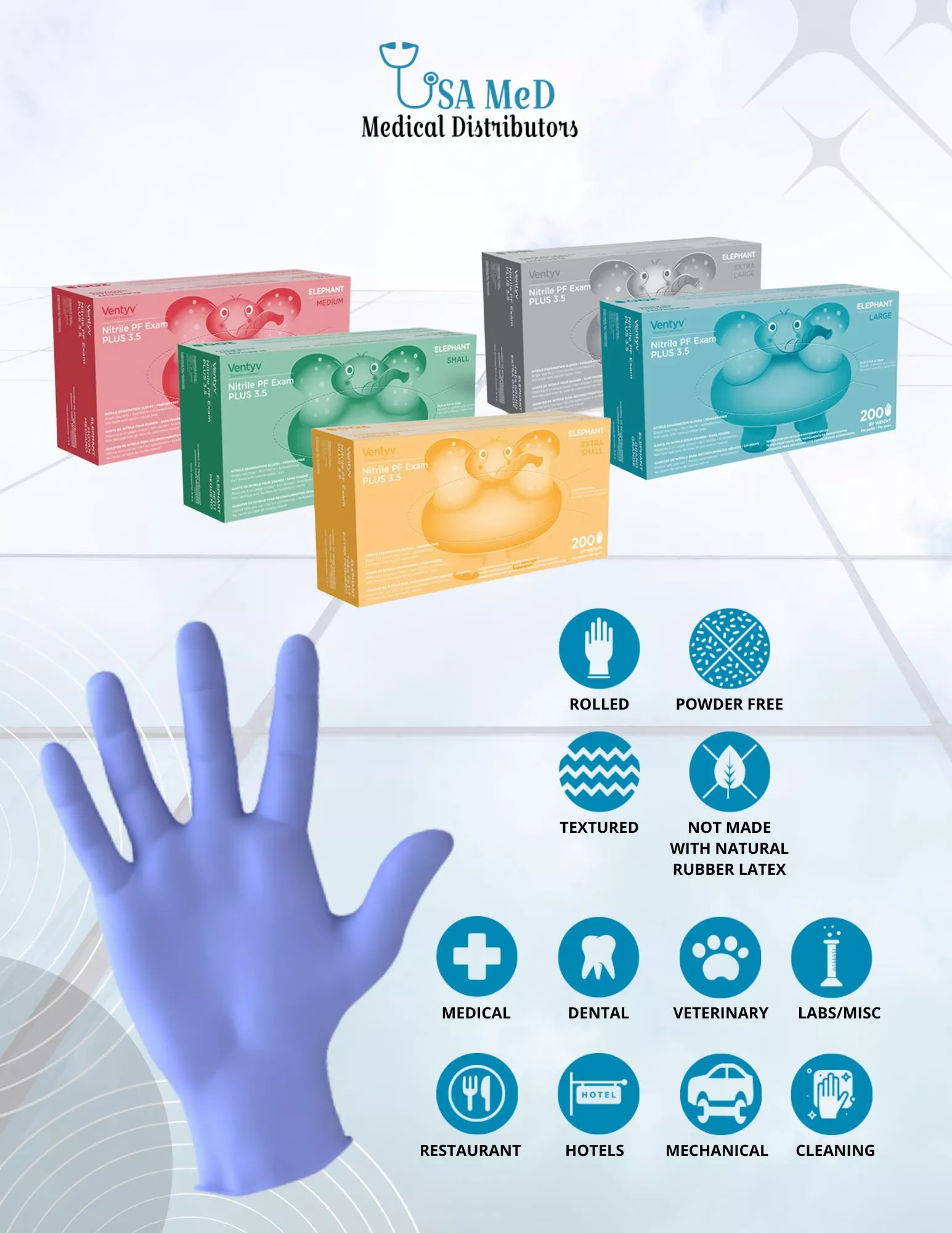
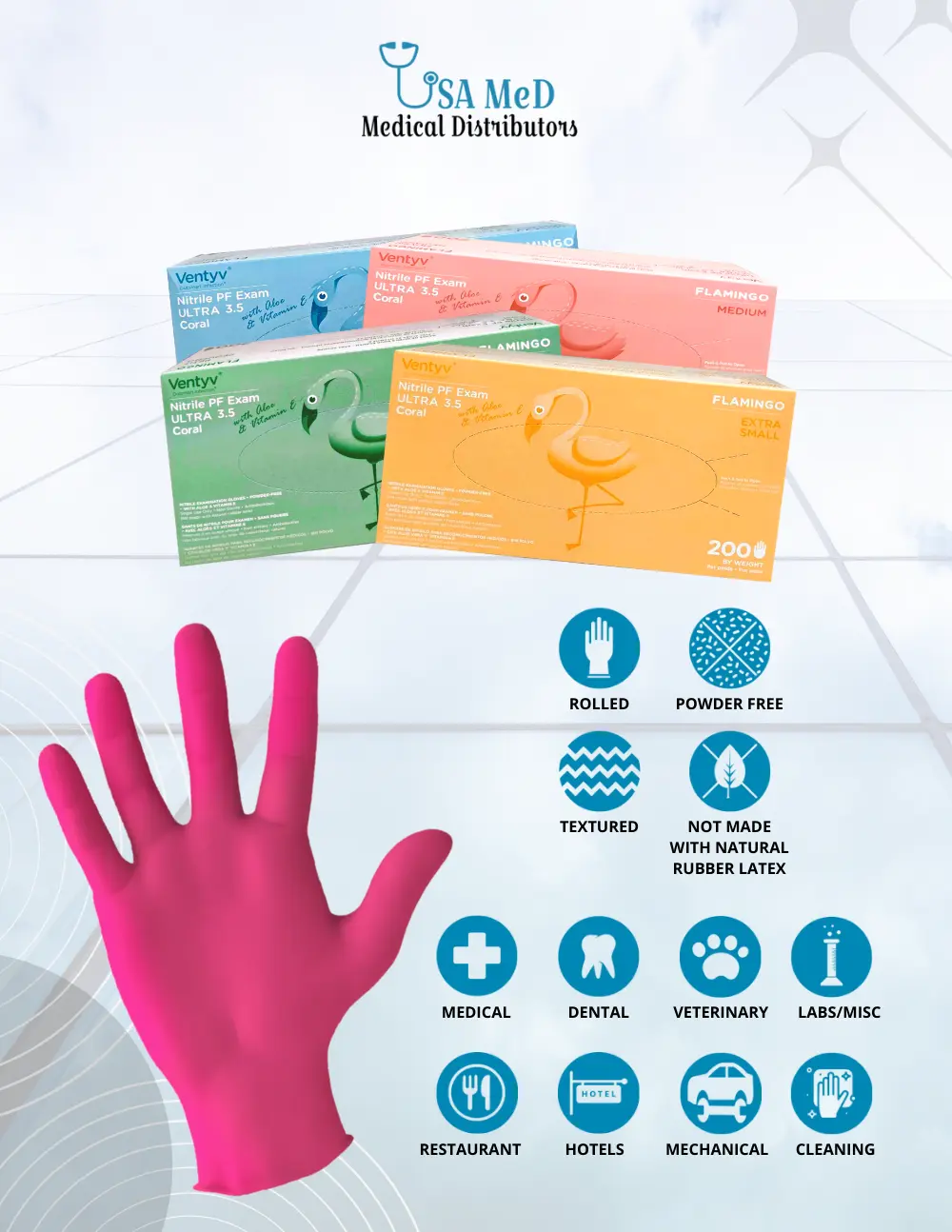
Phone Number: (239) 266 -1290
Email Addresses:
sales@usamedicaldistributors.com
customercare@usamedicaldistributors.com
Mailing Address :
501 Goodlette, Frank Rd N A105, Naples, FL 34102
Copyright 2022 – 2024. USAMED Medical Distributors. All rights reserved.
Privacy Policy | Return and Refund Policy
| Website by M. Escober